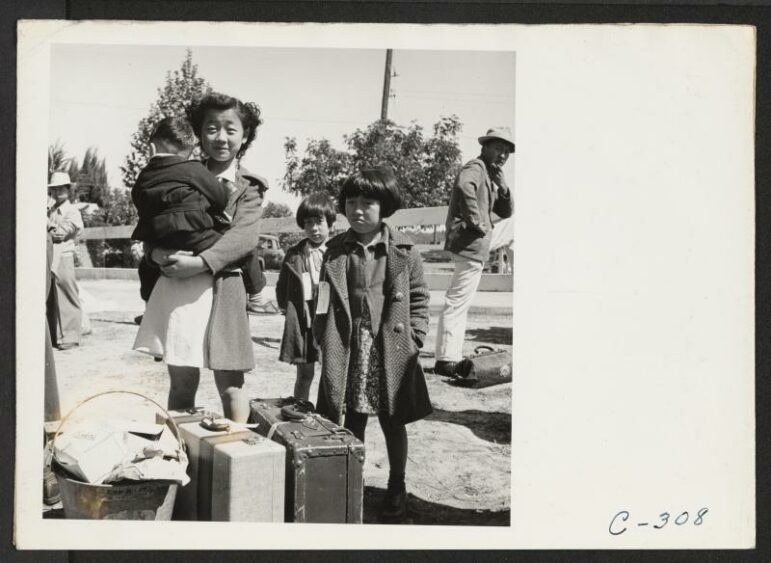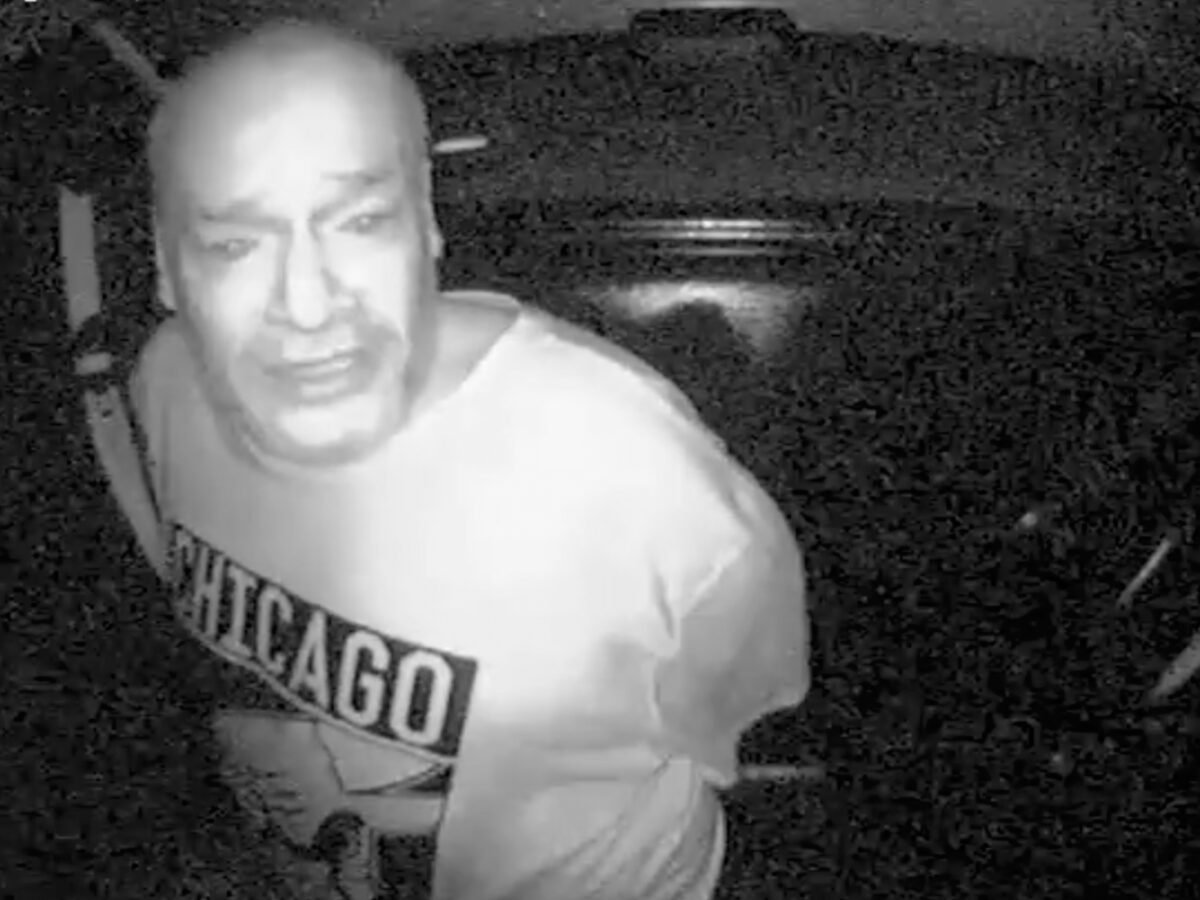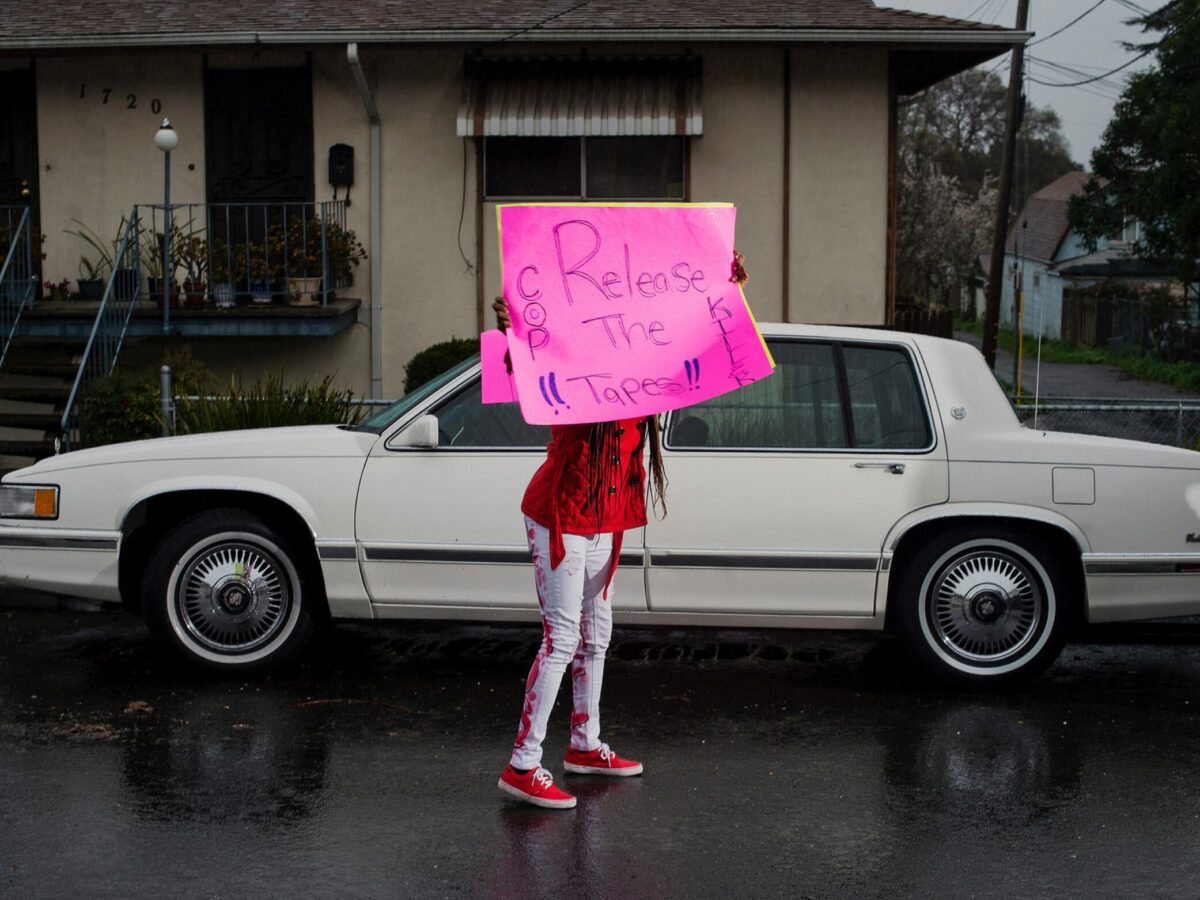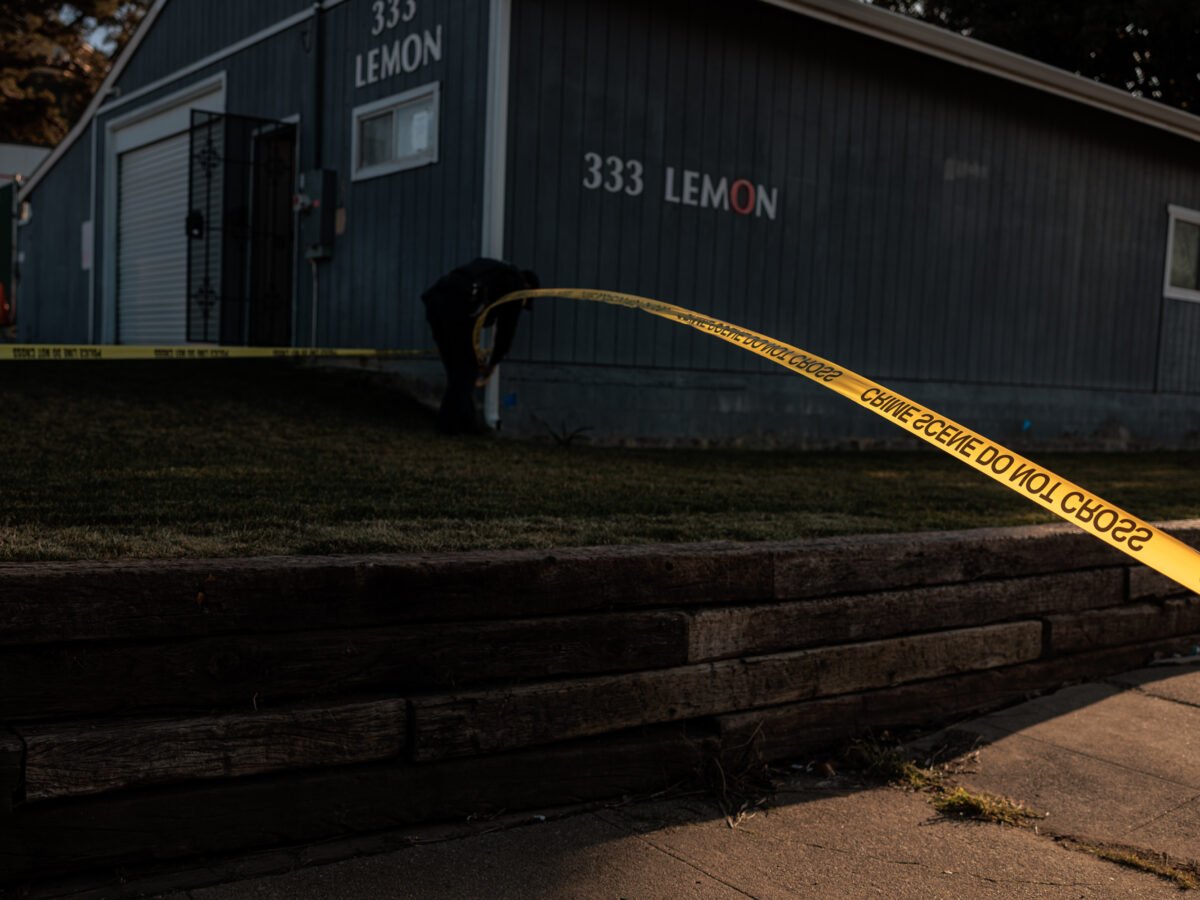
Key sections of a lengthy $60,000 study on ways to preserve and ensure access to historic Solano County documents have gathered dust for years but will finally get some well-deserved public attention thanks to action by county supervisors.
Supervisor Erin Hannigan’s motion, approved 4–1 last Tuesday, calls for preserving the county’s volunteer Historical Records Commission and reviewing the InfoCompass Business Solutions information shelved by county staff since 2018.
Hannigan added that many records are “woefully inaccessible,” warehoused 30 miles away in another county, and should be stored locally. Supervisor Wanda Williams seconded Hannigan’s motion, agreeing with the need for the records commission and improved access to documents dating to the 1850s.
Supervisor John Vasquez cast the lone “no” vote. He and Supervisor Monica Brown made up an ad hoc panel that produced the plan to abolish the records commission – but Brown reversed course, stating that she had been unaware of the delayed InfoCompass study details and wanted to review them first.
Elissa DeCaro, chair of the records commission, was alerted to the plan to scrap her panel only a few days before the supervisors’ meeting. Warning that the plan’s approval would have “catastrophic” consequences, she helped to get more than 700 signatures on a petition supporting the commission.
The advisory commission was established by supervisors in 1987 at the request of the “Solano County History Round Table,” a group comprised of members of 21 interested organizations, to ensure the perpetual retention and protection of the county’s historical records.
There were significant reasons for creating the commission, including the earlier disappearance from county files of information on some of the more than 1,000 Solano County Japanese Americans living in Solano County who were imprisoned in remote internment camps during World War II.

Dorothea Lange
Children arrive at the Turlock Assembly Center in Turlock, Calif. on May 2, 1942. Evacuees of Japanese ancestry were transferred from assembly points to War Relocation Authority concentration camps where they spent the duration of World War II. Turlock was a waypoint for Solano County Japanese Americans, most of whom were sent to the Gila River concentration camp in the Arizona desert. Credit: Dorothea LangeImportant information that still exists in county files includes records of Vallejo property deeds with racist “whites only” language dating to the early-to-mid 1900s. I found those original deeds for a 2022 article, but knew in advance where to look. A helpful clerk at the county’s Administration Center in Fairfield knew where to find the bulky ledgers I requested, but didn’t know that they held the old deed restrictions. Training suggested by InfoCompass would help all employees tasked with handling historic record requests from the public.
One of the best arguments for preserving government records can be seen in recent exclusive reporting by Open Vallejo on the 2021 destruction of Vallejo police documents dealing with several killings and one non-fatal shooting by on-duty police officers. The destruction, now at the center of a lawsuit filed by Open Vallejo, doesn’t involve records that should have wound up in county files. But it clearly illustrates the need for proper handling of records by any government agencies — and maintaining public trust in the process.
The full 2018 InfoCompass study has many ideas for achieving those goals, but didn’t get beyond the desk of a since-retired county administrator. Jim Kern, former Vallejo Naval and Historical Museum executive director who served for more than ten years on the commission, said the study was brought up repeatedly at meetings of the panel but county staffers had one excuse after another for not delivering it.
The most costly recommendation in a draft InfoCompass document, obtained in the course of my still-pending application a year ago for a seat on the records commission, is to renovate existing space or build a new records center that would range in size from about 3,000 to 4,300 square feet.
Also suggested is the hiring of a professional records manager to run the archives, handle research requests from agencies and the public, and help with training employees at the center and at other county offices where important records are maintained.
In addition, the study says public access to records would be streamlined as researchers could deal with “a single point of contact who is knowledgeable about the archive holdings and how records from different departments are connected and have evolved over time as opposed to having to submit the same request to separate departments.”
Until a central facility is built, the study says various county agencies with historical records should keep those documents separate from other records, and monitor researchers — including staff from other departments as well as the public — when they are looking at the old records. Proper controls on temperature and humidity in the storage areas also are recommended.
Also recommended are regular reports on archive activities and progress to county supervisors, written policies and procedures that can be used for training staff and volunteers, a department-by-department inventory of old records, a disaster preparedness strategy, and planning for archiving of electronic historical records.
Other suggestions include connecting with the Online Archive of California, which provides free public access to finding aids from collections of more than 200 contributing institutions, with an eye toward informing a broader audience of existing Solano County historical records.
The InfoCompass document acknowledges that the county faces a big job — managing more than 2,000 cubic feet of permanent and historical records. Most of the records are located at department offices in Fairfield. As of 2018, the departments wanted to manage most of their records at their own locations rather than ship them to a central archive.
The document also notes the various suggestions, if implemented, will preserve and protect historical records for future generations, and enhance trust by keeping the public informed about the county archives.




